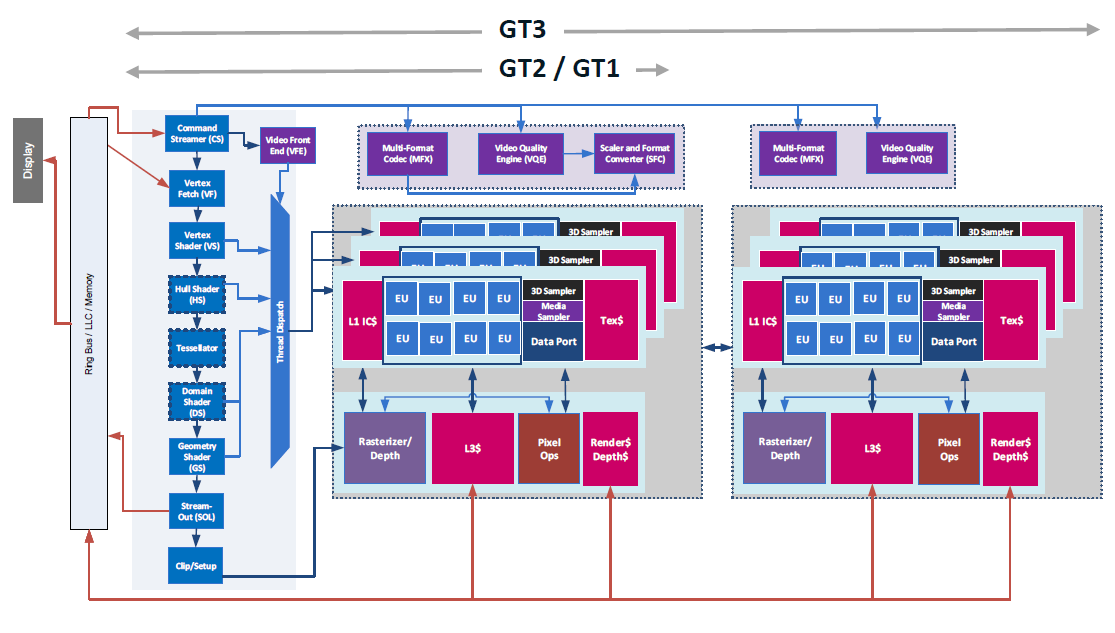

(Note that both of these I had both exhaust fans installed, though they are only doing about 500rpm tops.) Installing a Scythe Kama PWM fan there I got this down to 47 degrees C. I'm using a P183 case, and I've found that the idle temperature of the heatsinks are 61 degrees C without the front fan (the one in front of the top 3.5" enclosure). I really want the self-healing properties of ZFS, because this will be a developer workstation and I don't want any errors not of my own introduction. Fingers crossed that I can do it also in FreeBSD or OpenSolaris. It looks very promising that I will be able to get the quad monitor in portrait setup working in linux like I wanted to, using two of these cards rather than an expensive quadro solution. This is pretty cool - it doesn't force you to use the D-SUB port if you want multi-monitors, so you have all that fine detailed resolutiony goodness. I wasn't sure, but I have since determined that you can run two 1920x1200 monitors from the one card (using the DVI port and the HDMI port).

greenguy - Wednesday, Februlink I was quite amazed to see this review of the card I had just purchased two of.It goes without saying that this is the ultimate entry-level card, and performs accordingly. In terms of pricing this makes its competitors the GeForce 8400GS and the DDR2-based Radeon HD 4350, the latter of which is also its closest competitor to in terms of feature parity. Even the DDR2 version of the Radeon HD 5450 we reviewed last week goes for nearly 50% more. With the MSI card going for only $30 after rebate, it’s for all practical purposes as cheap as a video card can get. In the case of MSI's card, they have gone with an HDMI port as the second digital port, while the VGA port can be used on a full-profile bracket or a second bracket in a low-profile case.įinally, in terms of pricing, the G210 is the ultimate budget card. Since the G210 is a low-profile card, the port configurations are as expected: 1 DVI, 1 HDMI or DisplayPort, and then the detachable VGA port. Most G210 cards do use some form of an active cooler, so MSI’s N210 is fairly unique in that regard. For our MSI card, MSI has forgone that for a passive design, using a single double-wide heatsink. NVIDIA’s reference design (not that anyone quite uses it) is a single-slot card with a similarly wide active cooler. The G210 is a low-profile card, the only reference card to be that way out of NVIDIA’s entire 200-series lineup. All of this consumes 30W under load, and less than 7W when idling. Compared to the GT 220, this gives the G210 around 30% of the shader power, 50% the texture and ROP power, and 27% of the memory bandwidth. The clocks are 589MHz for the core, 1402MHz for the shaders, and 500MHz (1000MHz effective) for the RAM. Since the G210 is intended to replace the 9400GT, the GPU configuration is basically the same, composed of 16 SPs, 8 TMUs, and 4 ROPs. Even more interesting are the DDR2 chips on our MSI card – 4 chips we can’t identify bearing the ATI logo. Interestingly, unlike most other entry-level products, the G210 only comes in 1 memory configuration: 512MB. As a product it replaces NVIDIA’s similar 9400GT, while in terms of pricing it replaces the slower 8400 GS.Ĭoupled with the GT218 GPU on the G210 is 512MB of DDR2 RAM, using the customary 64bit memory bus.

G210 is based on GT218, the smallest member of NVIDIA’s DirectX 10.1 GPU lineup, built out of 260M transistors and measuring a mere 57mm2 on TSMC’s 40nm process. Like the GT 220, the G210 started life over the summer as an OEM-only card, earning its wings for a public launch in October along-side the GT 220.


 0 kommentar(er)
0 kommentar(er)
